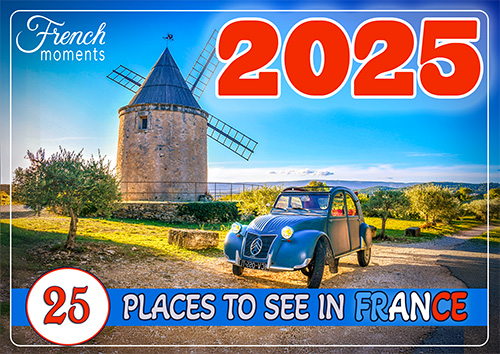Nestled in the heart of the French Alps, Reblochon is one of Haute-Savoie’s most iconic cheeses.
Creamy, smooth, and delicately nutty, it has become a symbol of alpine gastronomy and tradition.
Whether enjoyed on a cheese platter or melted into the famous tartiflette, Reblochon carries the flavour of the mountain pastures where it is born.
Origins and Etymology of the Reblochon

The story of Reblochon goes back to the 13th century in the Thônes valley, at the foot of the Aravis mountains.
The name comes from the Savoyard dialect re-blocher, meaning “to pinch the cow’s udder again.”
According to tradition, farmers used to pay their rent to landowners (often monasteries) in kind, based on the volume of milk produced.
They would perform an incomplete milking when the inspector was present to reduce the amount owed.
Once he had left, they would “milk again” and use this richer, creamier milk to make a cheese for their own consumption.
This “fraudulent” practice gave birth to Reblochon—a cheese that, ironically, turned out to be far superior in taste.
While some historians have questioned the exact origins of the story, it remains the most popular explanation and contributes to the cheese’s aura of authenticity.
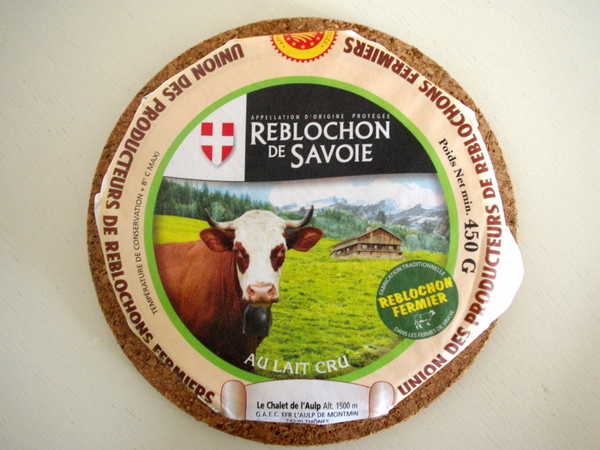
Production Area and Protected Status
Reblochon is produced mainly in Haute-Savoie and a few neighbouring communes in Savoie, with its historic heart in the Aravis and Bornes mountains.
Protected since 1958 as an AOC, and today as an AOP (Protected Designation of Origin).
Around 16,700 tonnes are produced annually, including both farm-produced (fermier) and dairy-produced (laitier) versions.
About 15% of production remains fermier, crafted on family farms twice a day after each milking.
This dual identity—between small alpine farms and larger cooperatives or dairies—reflects both tradition and modern market pressures.
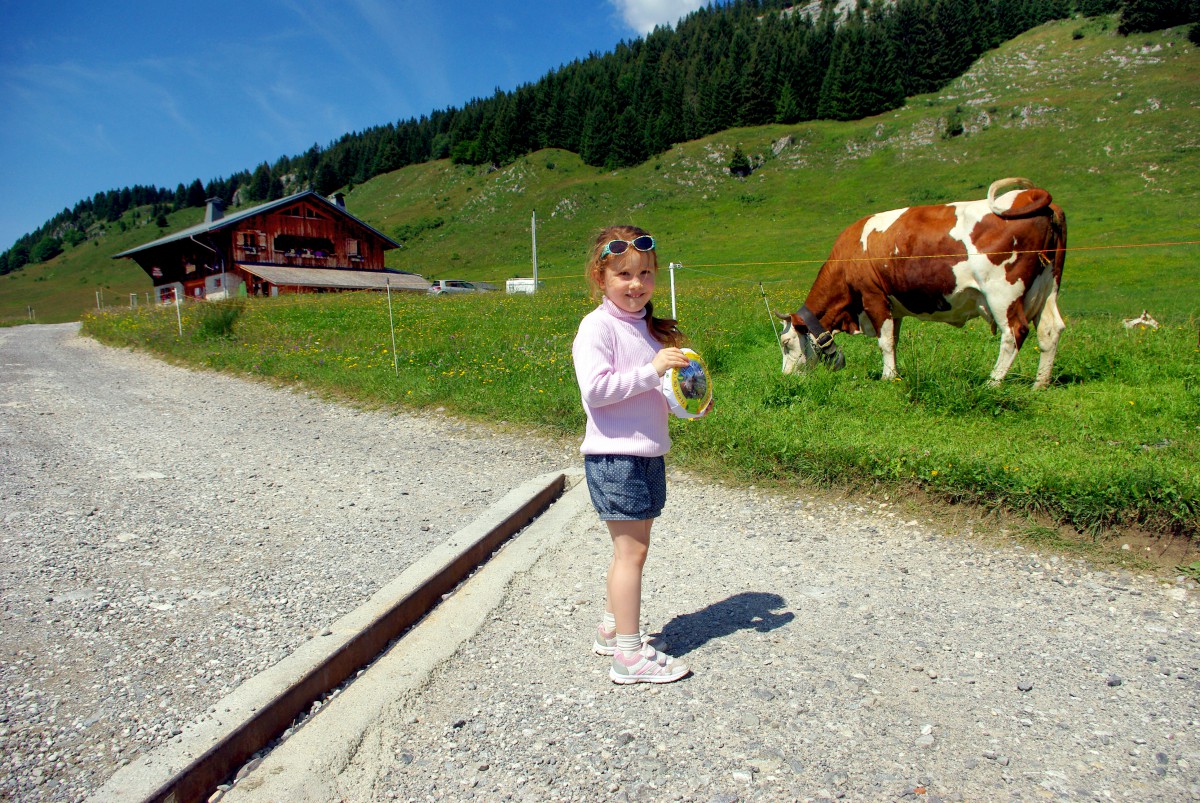
How Reblochon is Made
Reblochon is a raw cow’s milk cheese, made exclusively from the milk of three Alpine breeds: Abondance, Montbéliarde, and Tarine.
Fermier (farmhouse) Reblochon: identified by a green casein label, made twice daily at the farm from the milk of a single herd.
Laitier (dairy) Reblochon: marked with a red casein label, made in cooperatives (fruitières) by pooling milk from several farms.
Each wheel measures about 14 cm in diameter, 3.5 cm high, and weighs ~500 g (or 250 g for Petit Reblochon). After moulding and pressing, it is aged for a minimum of 15 days, though 3–4 weeks is considered ideal.
How to Recognise and Taste Reblochon
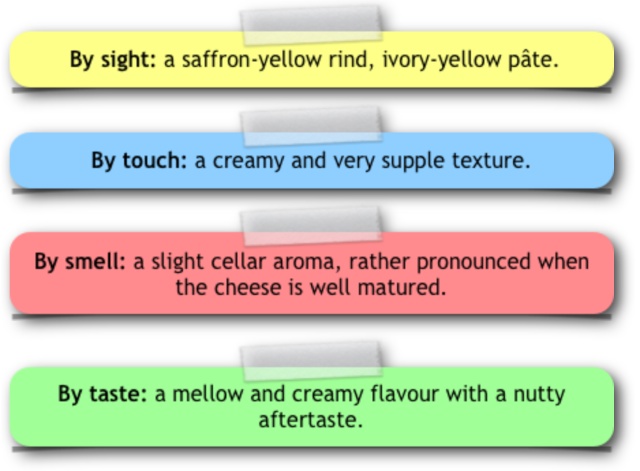
Look: a thin, soft rind, golden-yellow with a fine white “mouldy bloom” that signals good cellar ageing.
Touch: the cheese should be supple yet not runny.
Smell: delicate alpine aromas, slightly earthy but not overpowering.
Taste: smooth, creamy, with lingering notes of hazelnut and butter.
Best enjoyed from May to September, when cows graze freely on alpine pastures, though available year-round.
For the perfect tasting, remove it from the fridge two hours before serving and enjoy it slightly cooler than room temperature (around 16°C).
Reblochon in Gastronomy
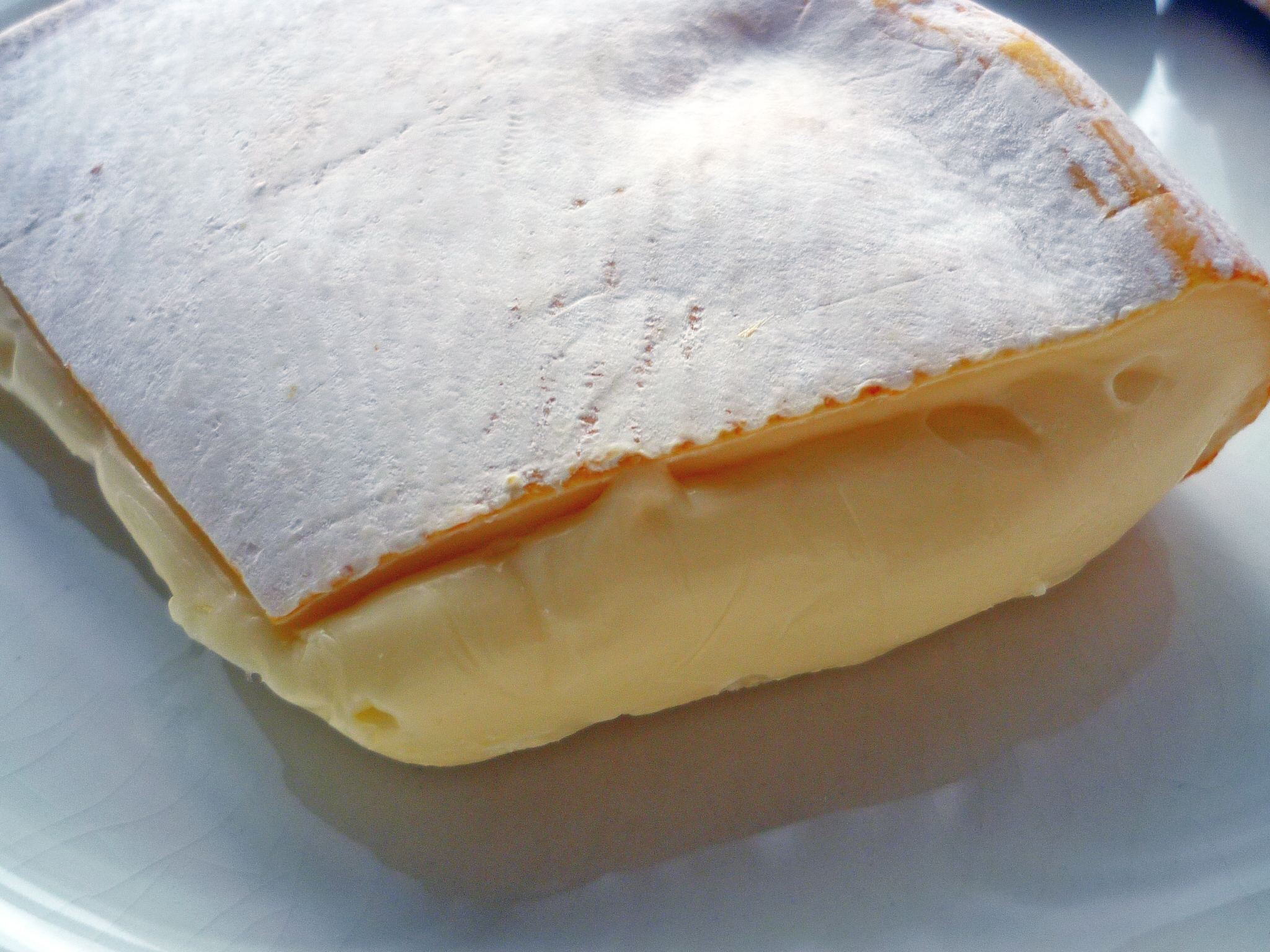
Reblochon is versatile:
Traditionally served at the end of a meal on a cheese platter.
Excellent pairing with Savoie white wines (such as Apremont or Roussette) or light Beaujolais reds.
The star of the famous tartiflette, a hearty dish of potatoes, onions, lardons, and melted Reblochon. Surprisingly, tartiflette is not an ancient tradition but a 1980s creation designed to boost cheese sales in winter—a brilliant marketing success that turned into a staple of Alpine cuisine.
Beyond tartiflette, Reblochon also works beautifully in gratins, warm toasts, or as a rich ingredient in alpine-style fondues.
Challenges and Export Limitations
While deeply rooted in French culinary culture, Reblochon faces modern challenges:
Export restrictions: like many raw milk cheeses aged under 60 days, Reblochon is banned in the United States.
Market pressure: small producers fear the growing dominance of large dairy groups, raising concerns about authenticity and identity.
Imitations: some industrial “cheese for tartiflette” products, often decorated with Alpine symbols, anger traditional producers who defend the strict AOP rules.

Conclusion
More than just a cheese, Reblochon embodies the spirit of Haute-Savoie: its mountain pastures, its farming traditions, and its warm, generous cuisine.
Whether discovered in a rustic alpine chalet or on a family dinner table, it is a delicious reminder of how history, culture, and terroir come together in one bite.
👉 Next time you visit the French Alps, don’t miss the chance to taste an authentic Reblochon fermier, straight from the source!



